BMW’s M performance car division is developing a long sought-after successor to the 41-year-old M1 supercar.
Previewed by the Vision M Next making its debut at the Frankfurt motor show, the advanced carbonfibre-bodied coupé is planned to go on sale early next decade, with BMW's head of development Klaus Frohlich responding to questions about its production liklihood by saying: "We deliver on what we promise". The Vision M Next will introduce a new 591bhp plug-in petrol-electric drivetrain that is also earmarked to power more conventional, future M models.
The new high-performance driveline, which develops well over double the power of that used by the BMW i8, forms part of a drivetrain electrification programme being overseen by BMW M’s new CEO, Markus Flasch. The Vision M Next will be a spearhead for the firm’s ‘Strategy One Next’ initiative, which aims to put up to 25 electrified BMW models on sale by 2025.

The decision to develop a dedicated successor model to the M1 comes after almost three decades of conceptual studies into a mid-engined BMW.
Insiders at BMW’s HQ said the production version of the 186mph two-seater is planned for introduction as a limited-run model shortly before the launch of the second-generation i8, suggesting the two cars are likely to share key structural components.
The low-slung coupé is tied in with efforts to raise the profile of M division operations in the face of competition from the likes of Audi Sport and Mercedes-AMG – both of which offer dedicated models (the R8 and Mercedes-AMG GT respectively).



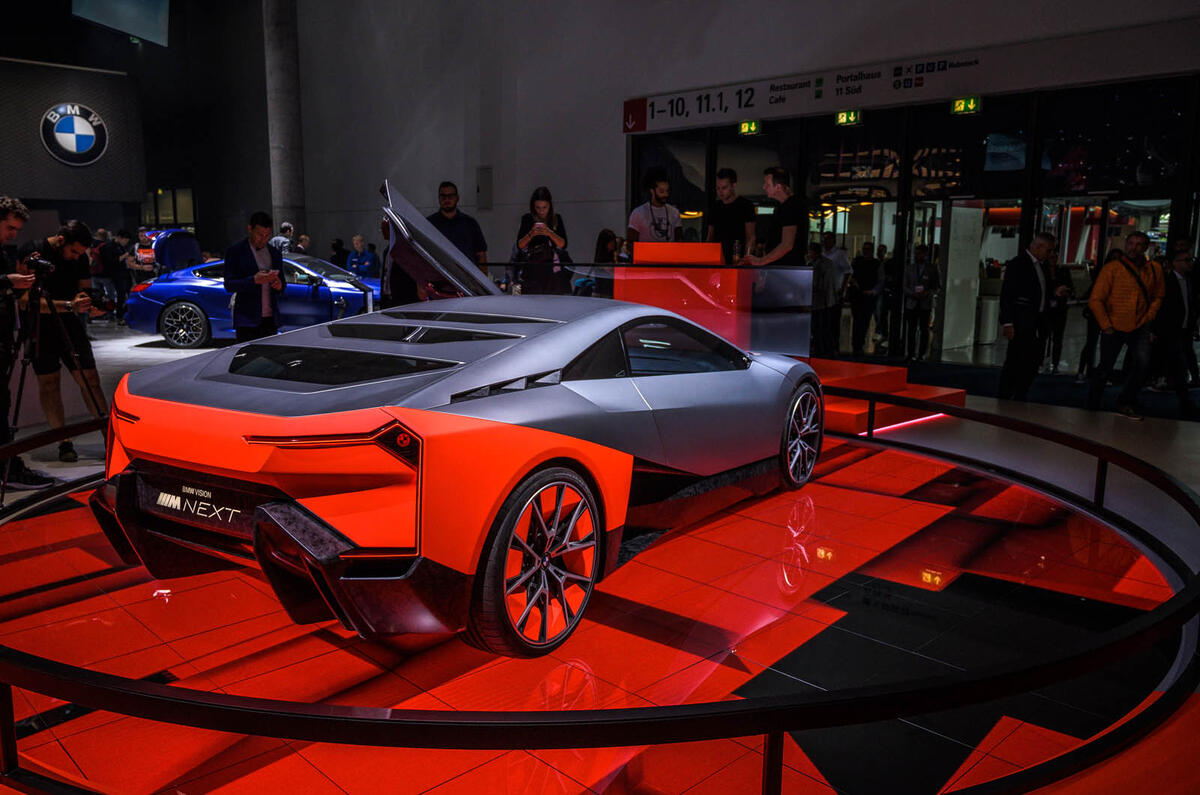
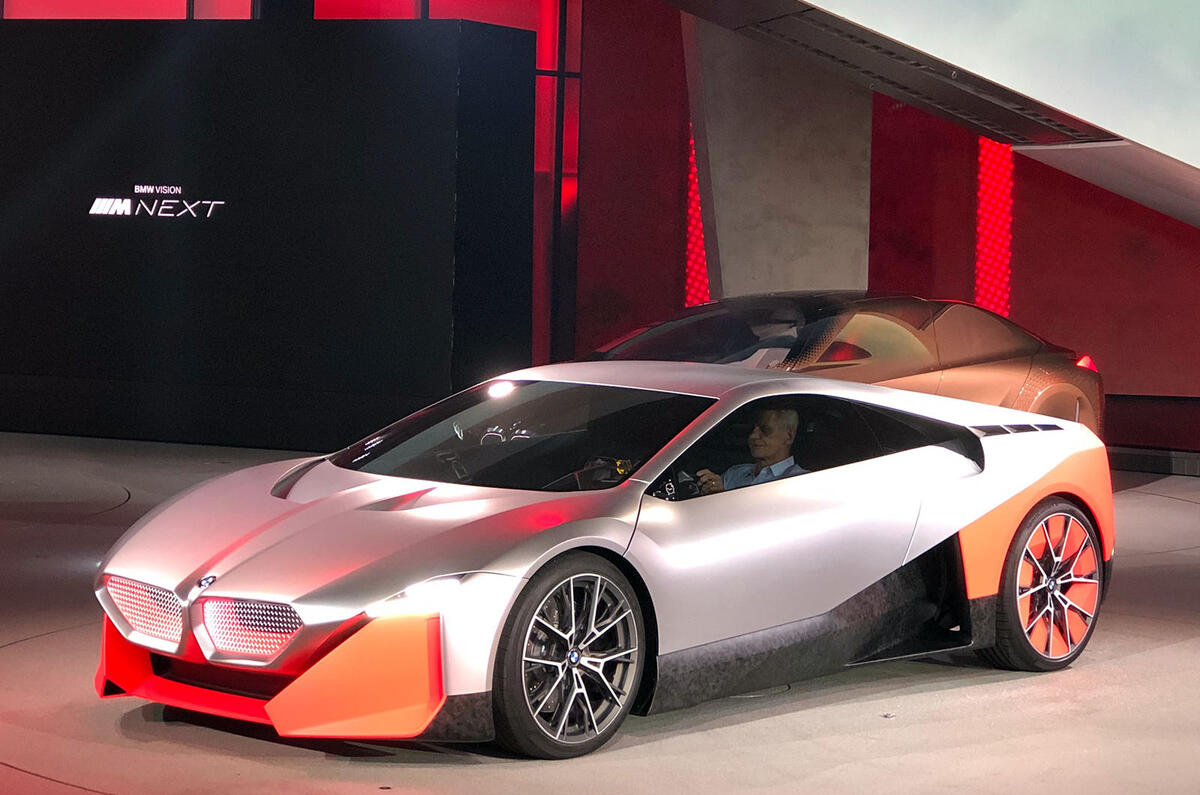
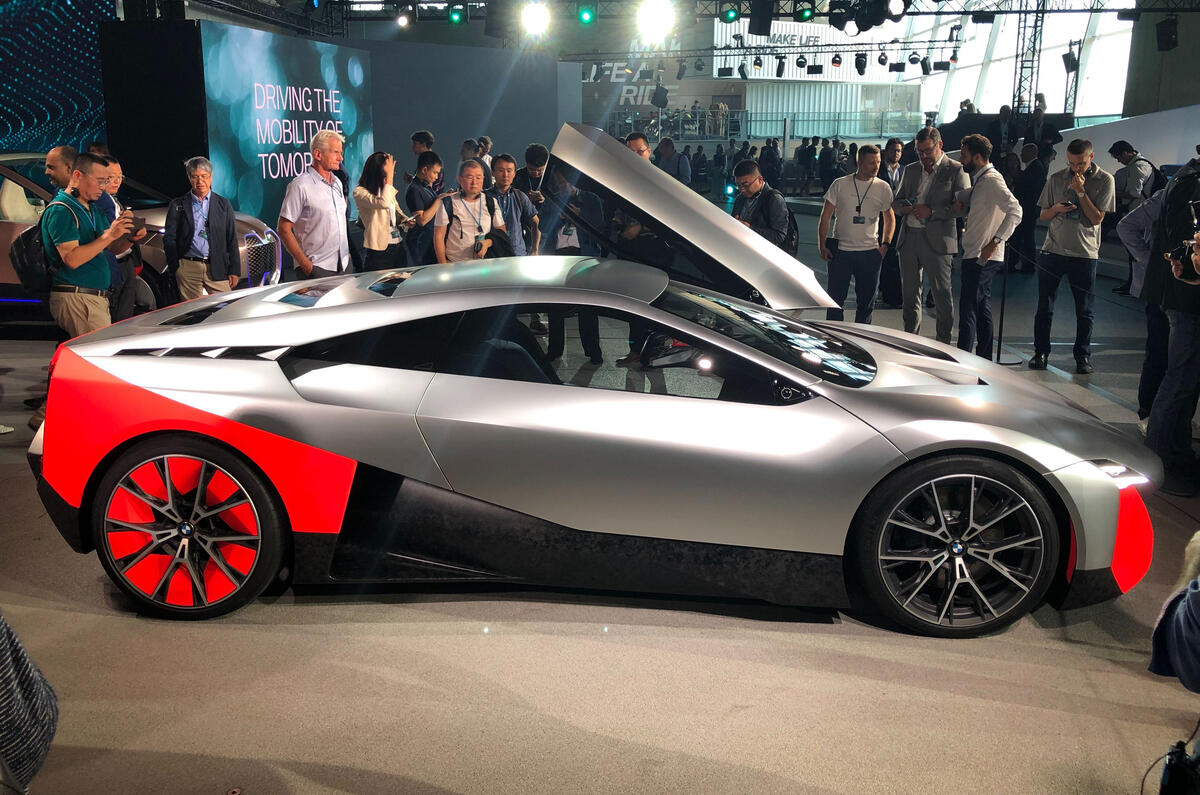
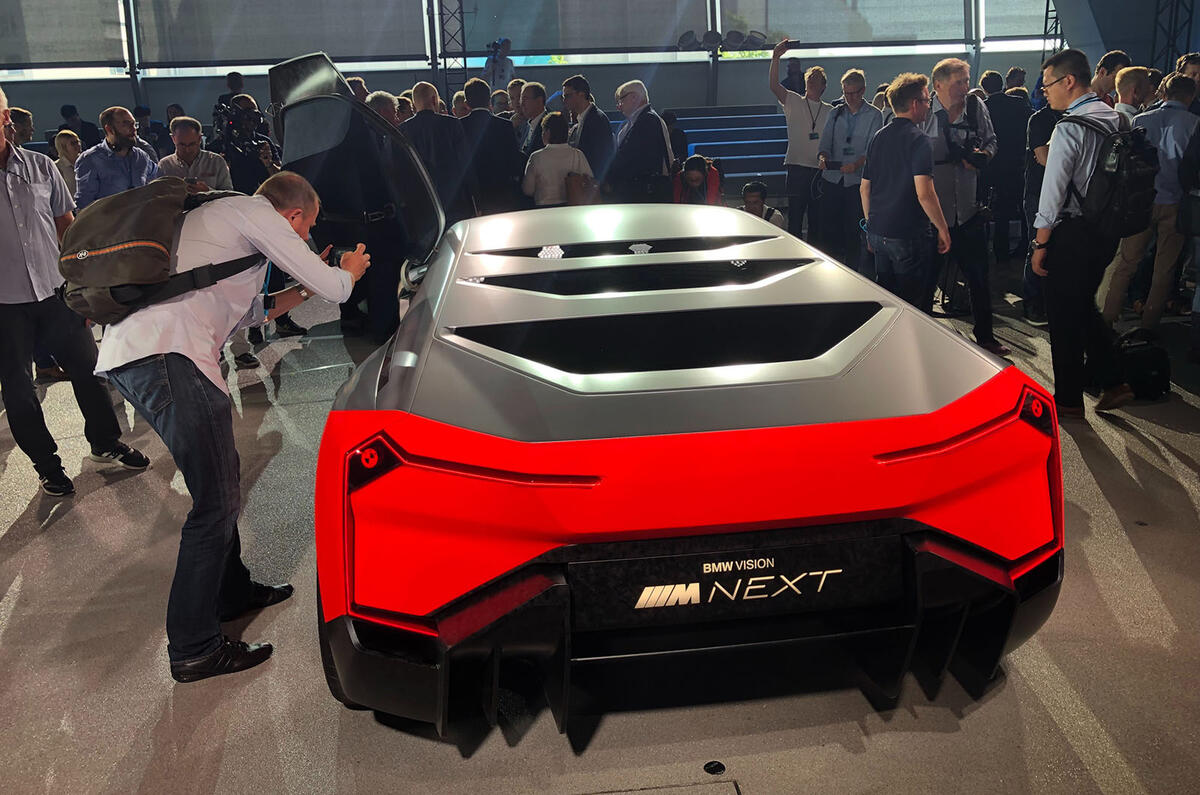
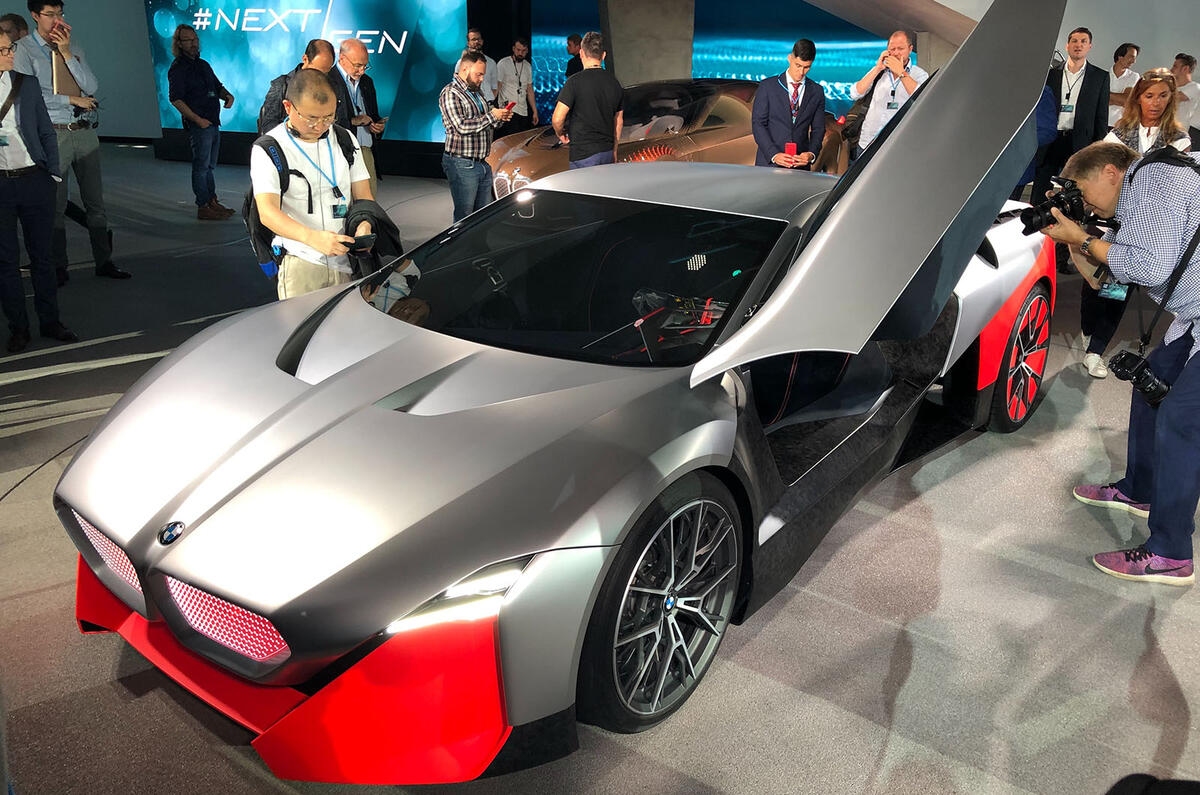
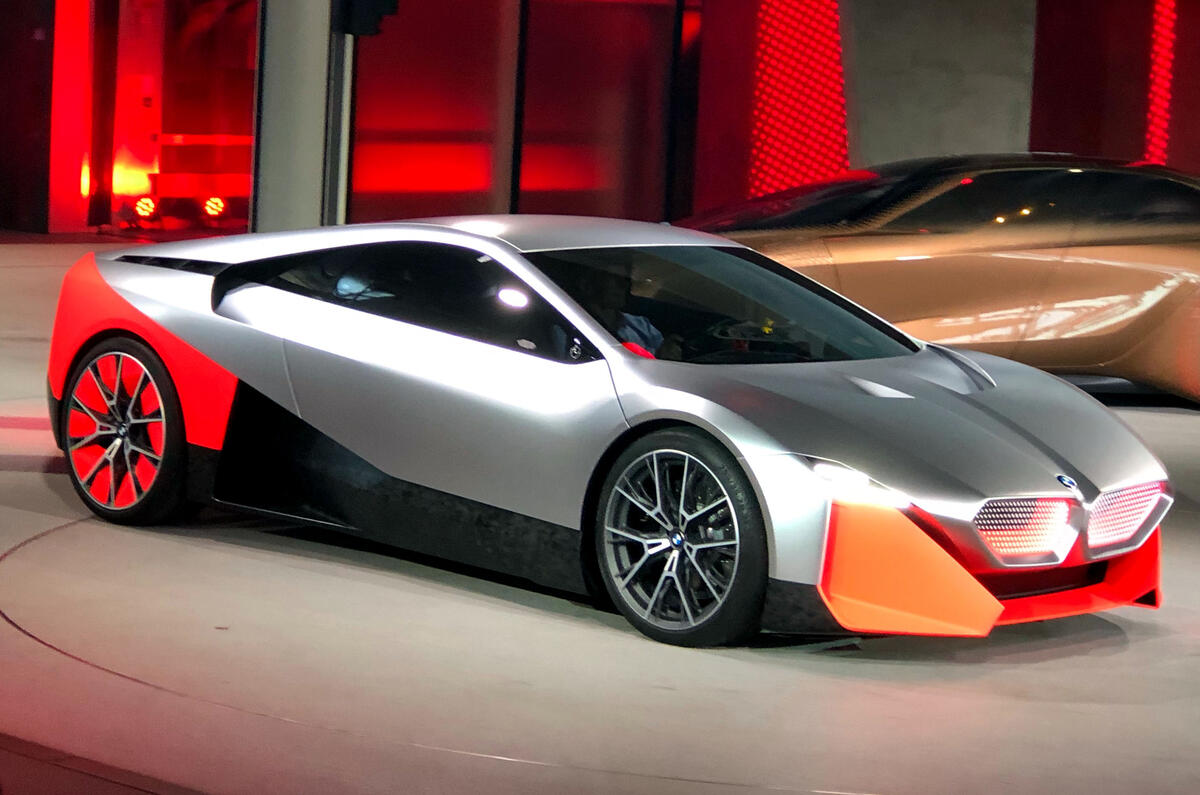

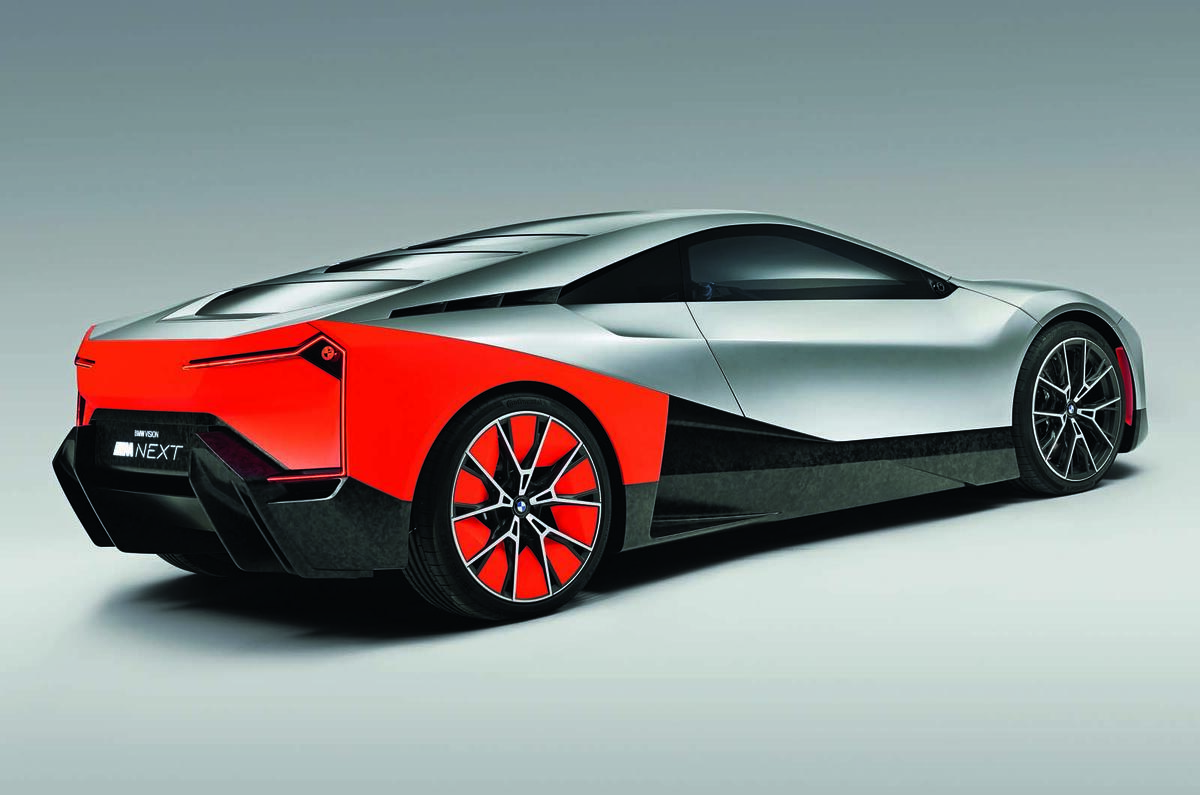
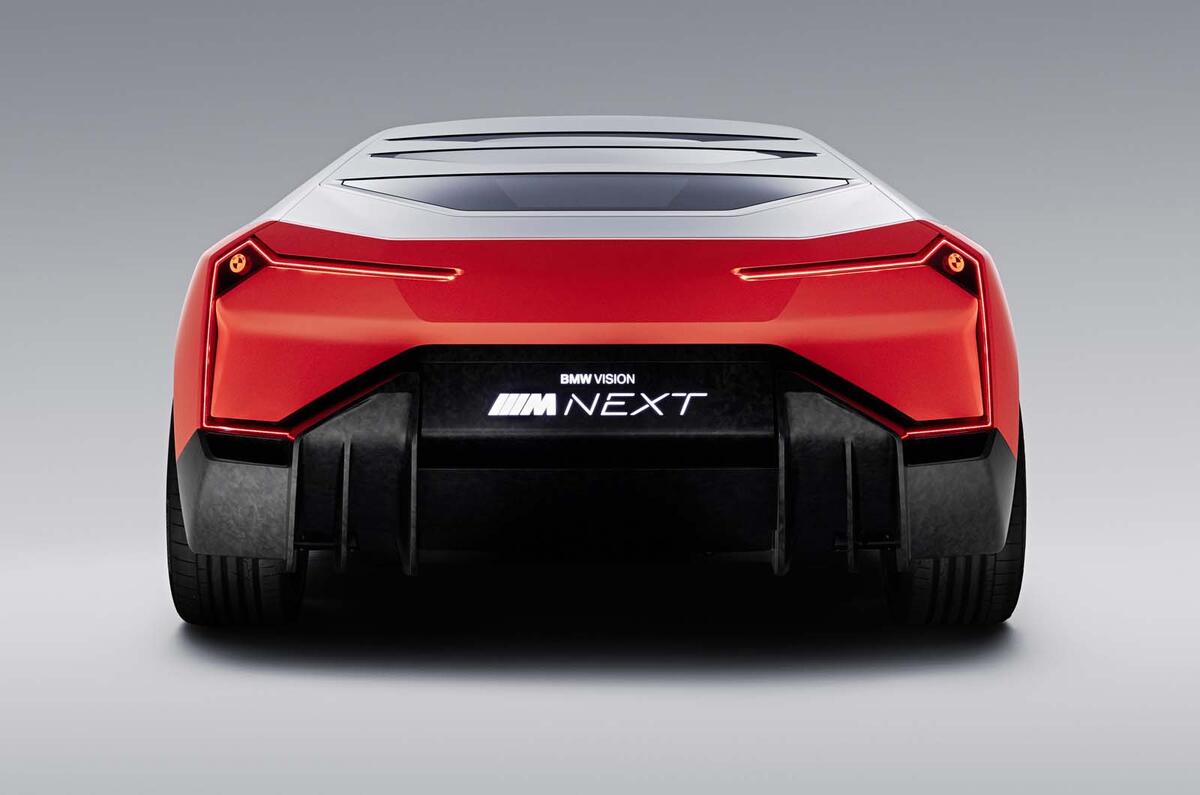
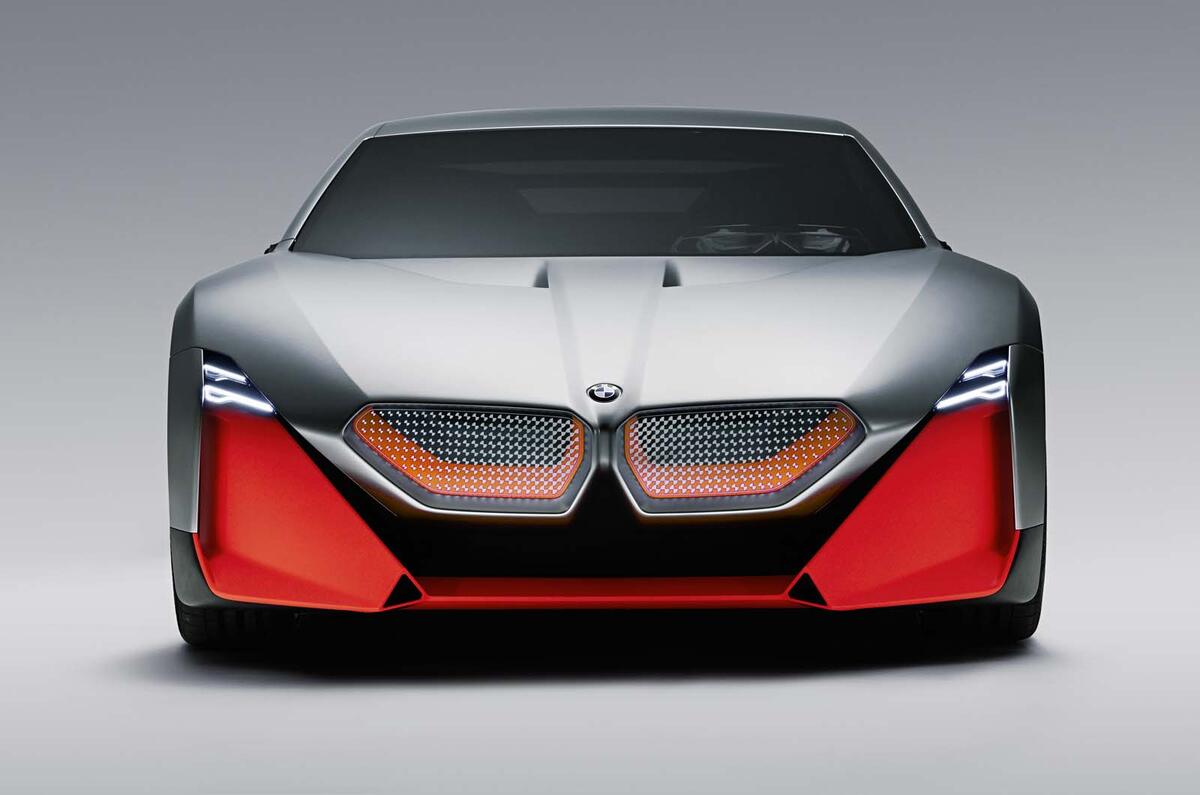

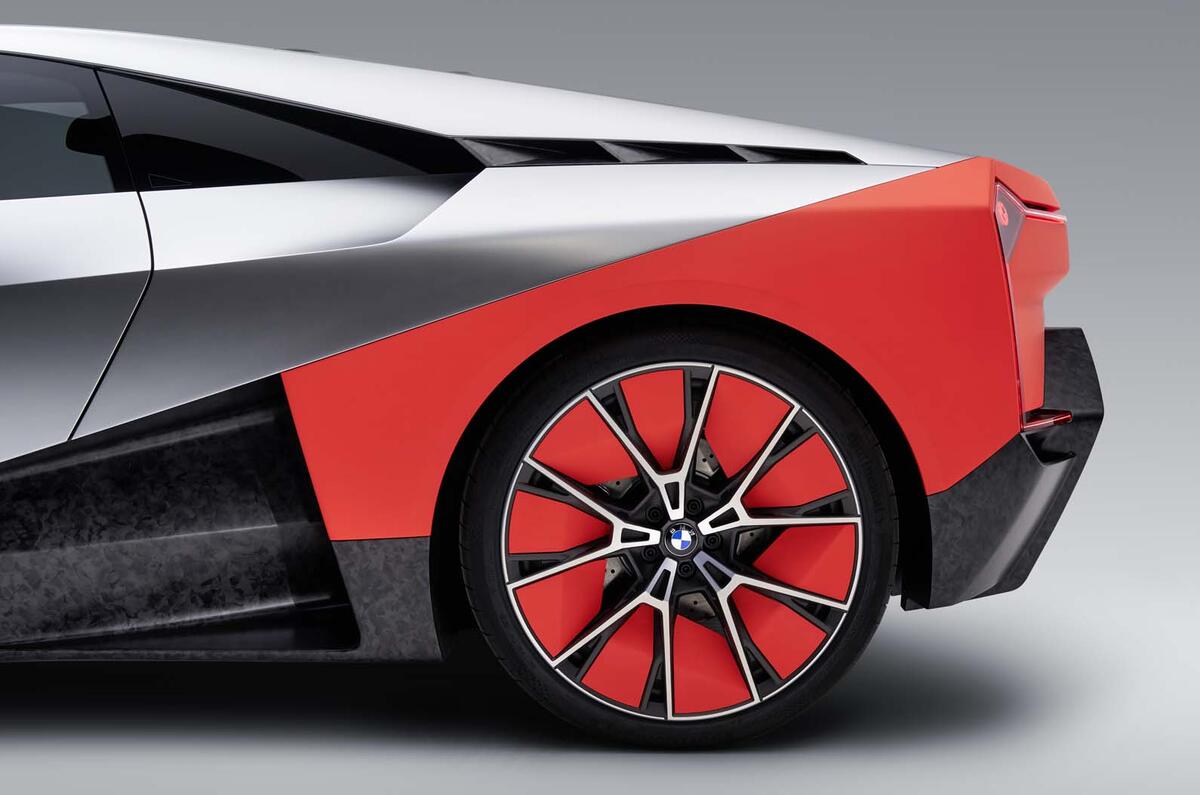
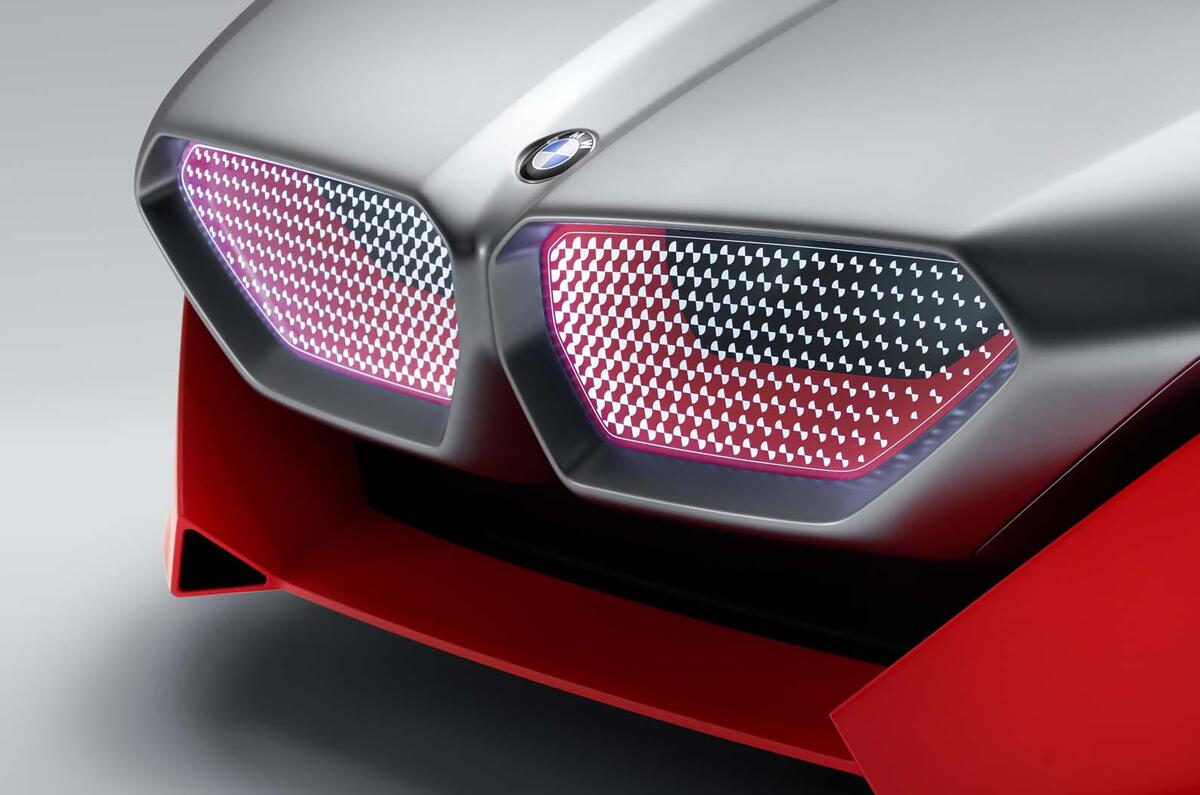
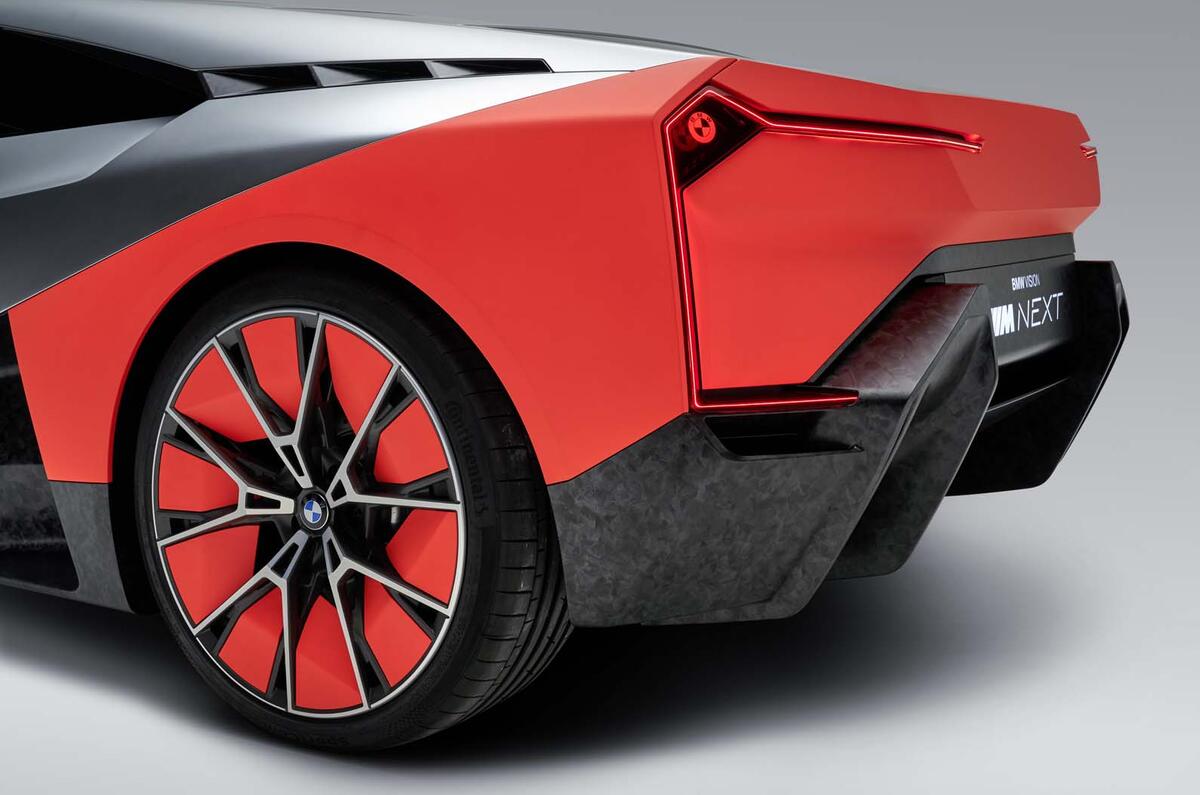
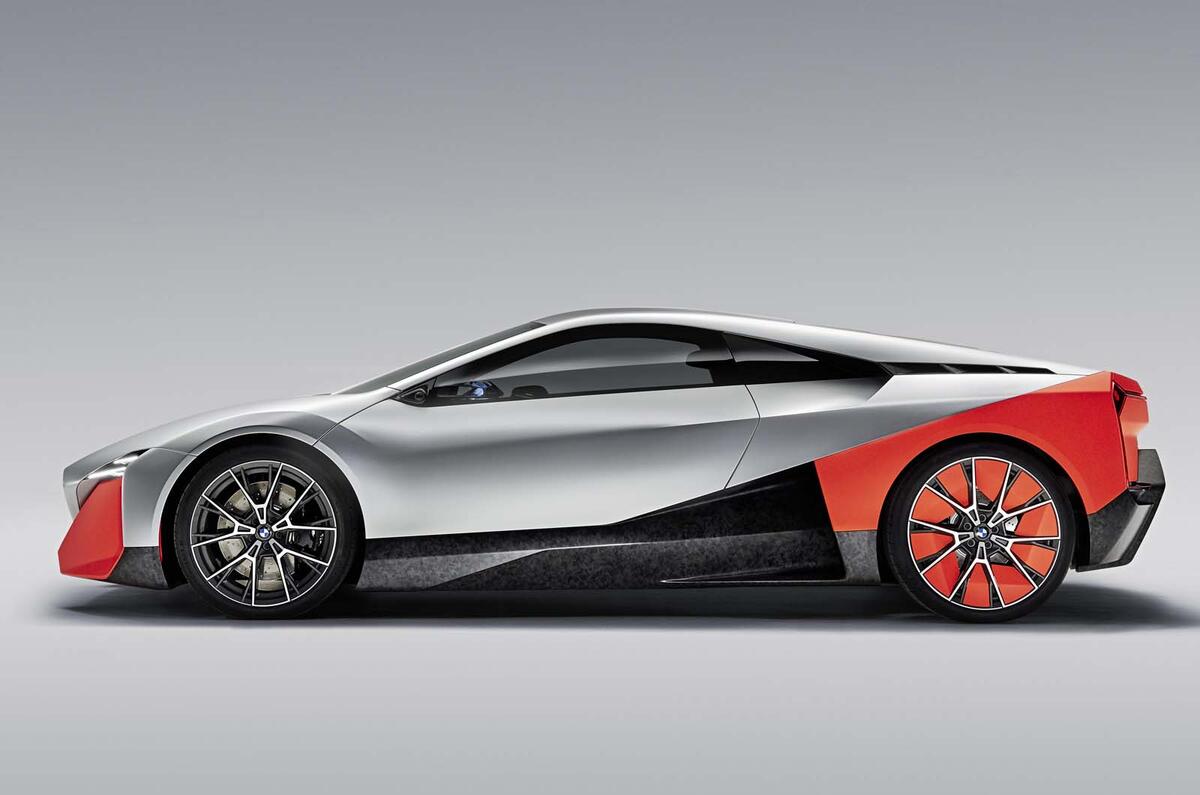
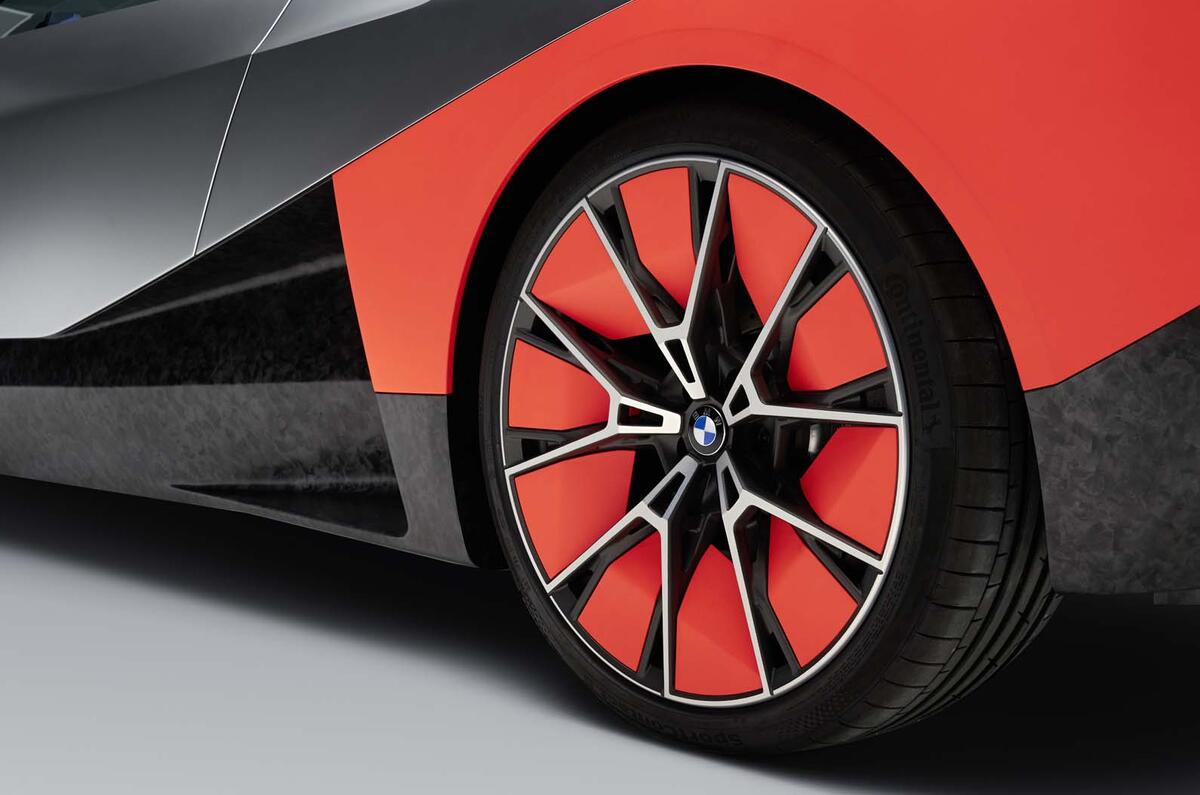
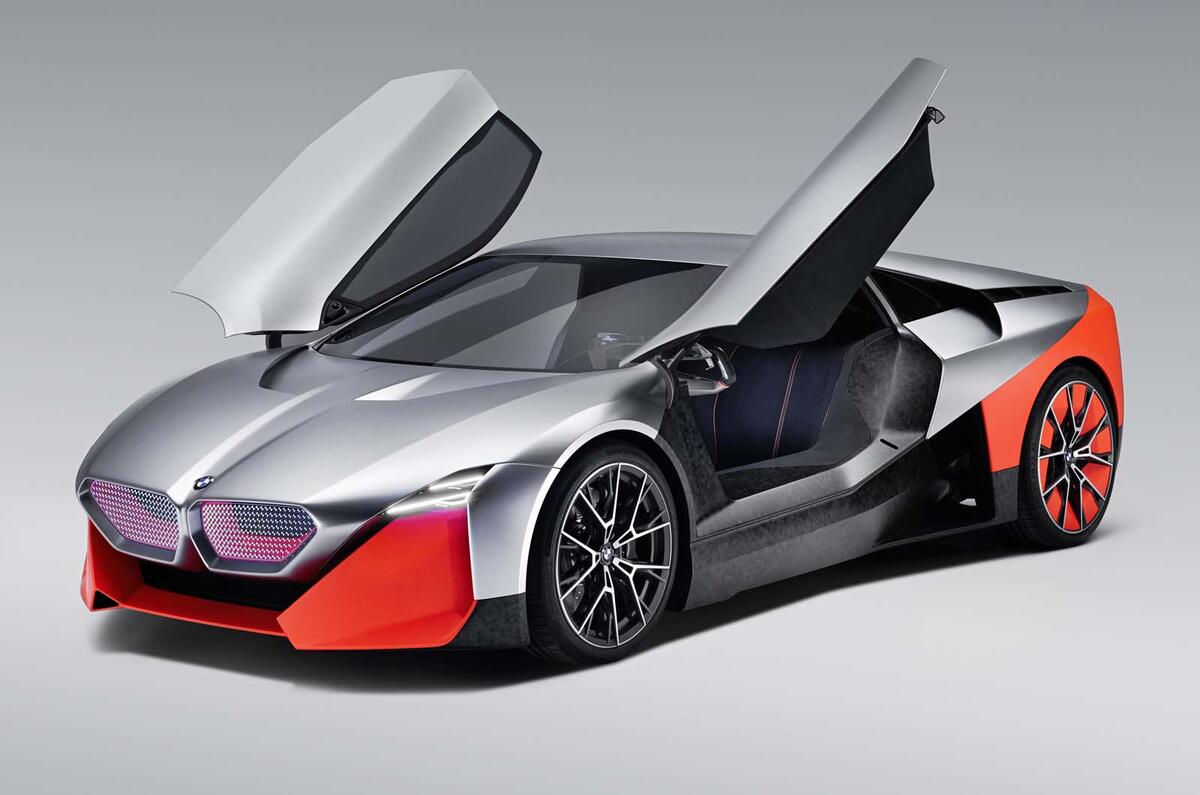
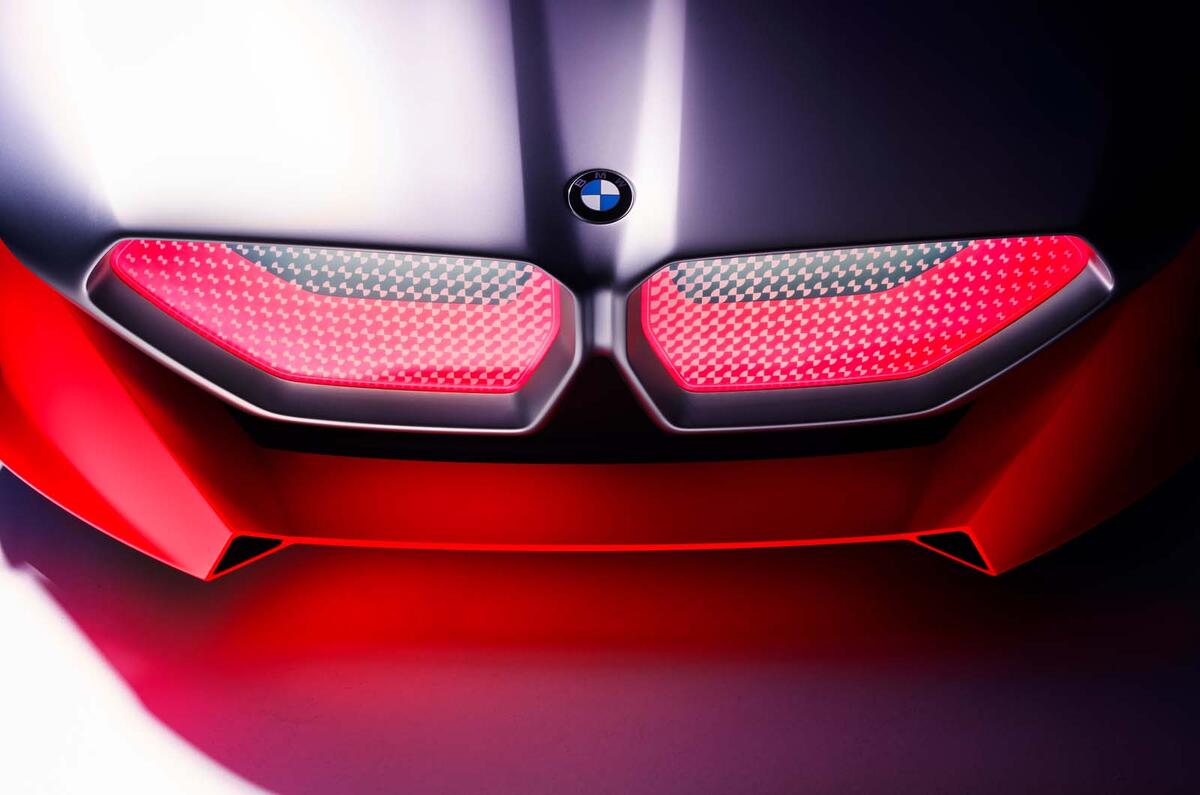
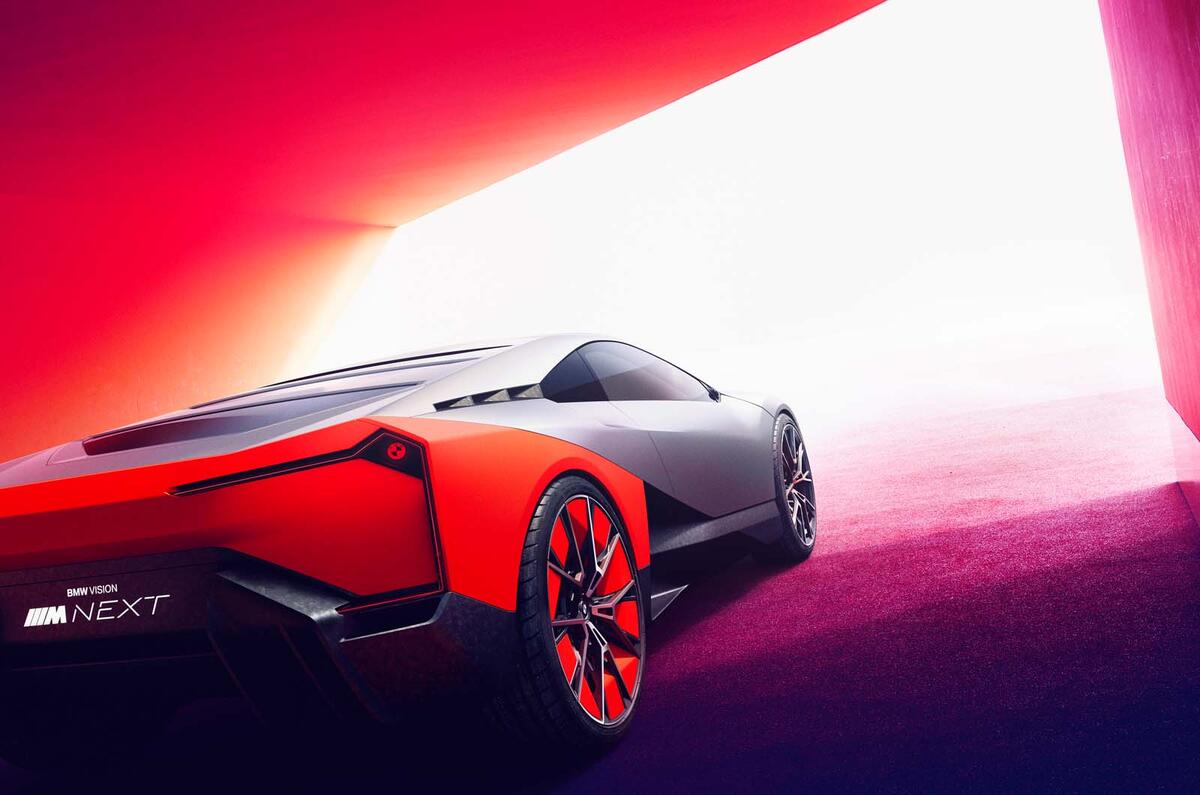

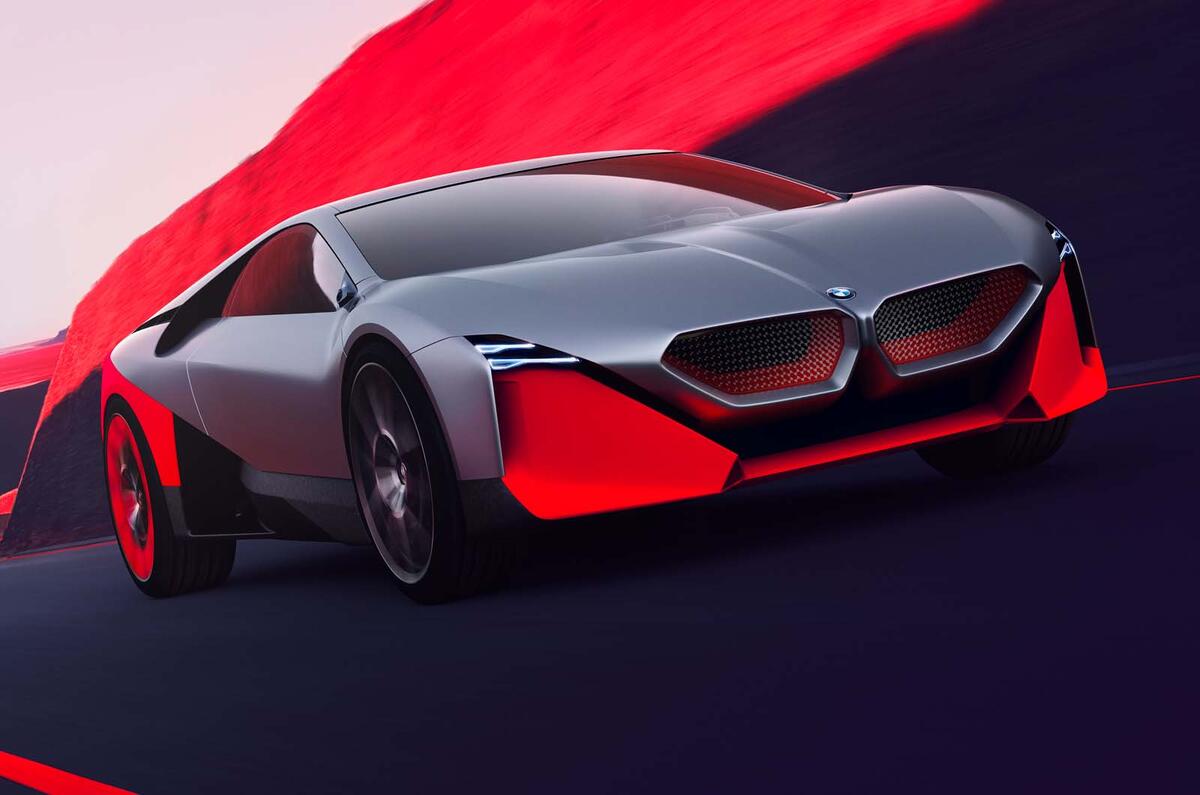
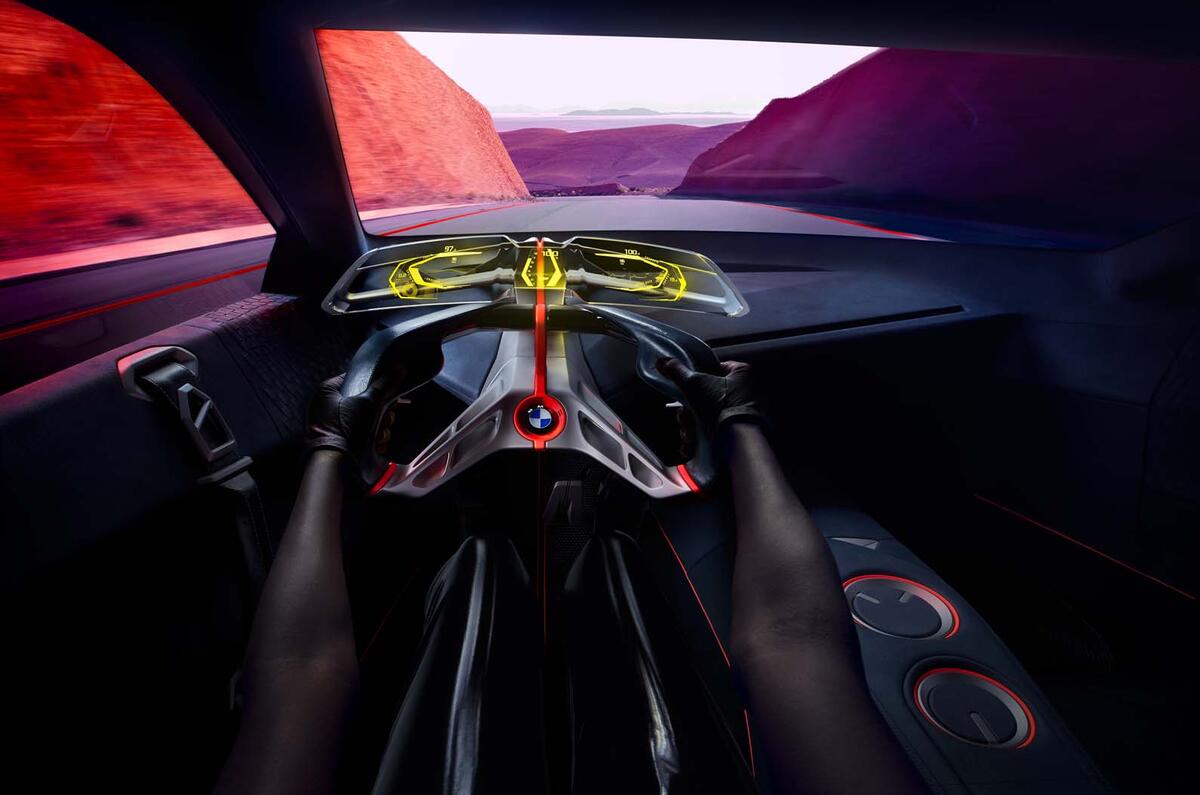
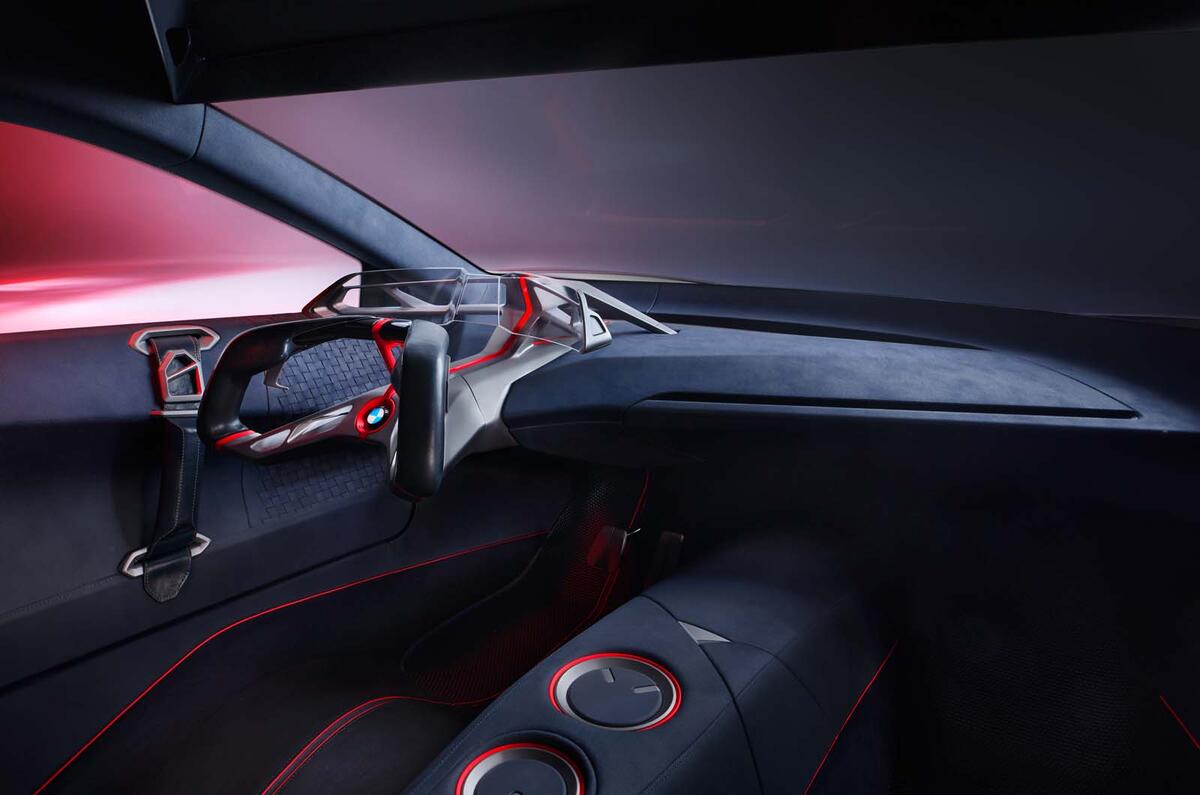

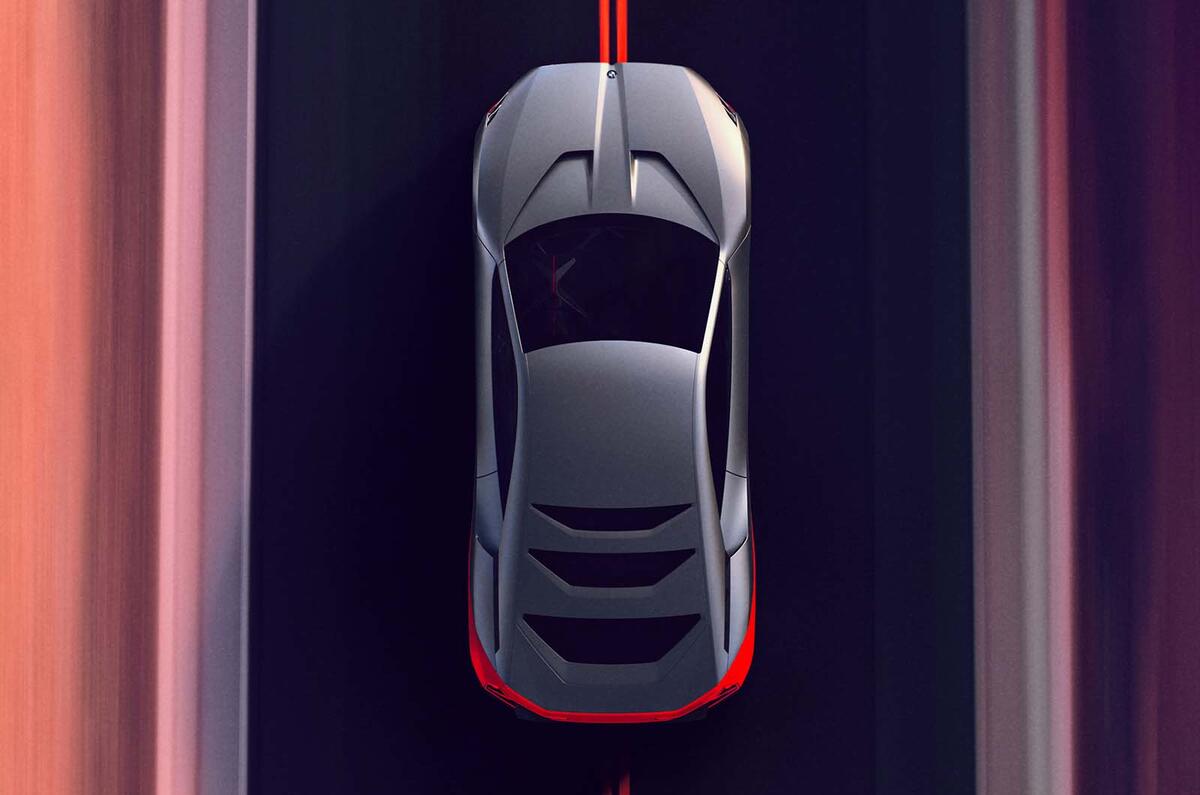
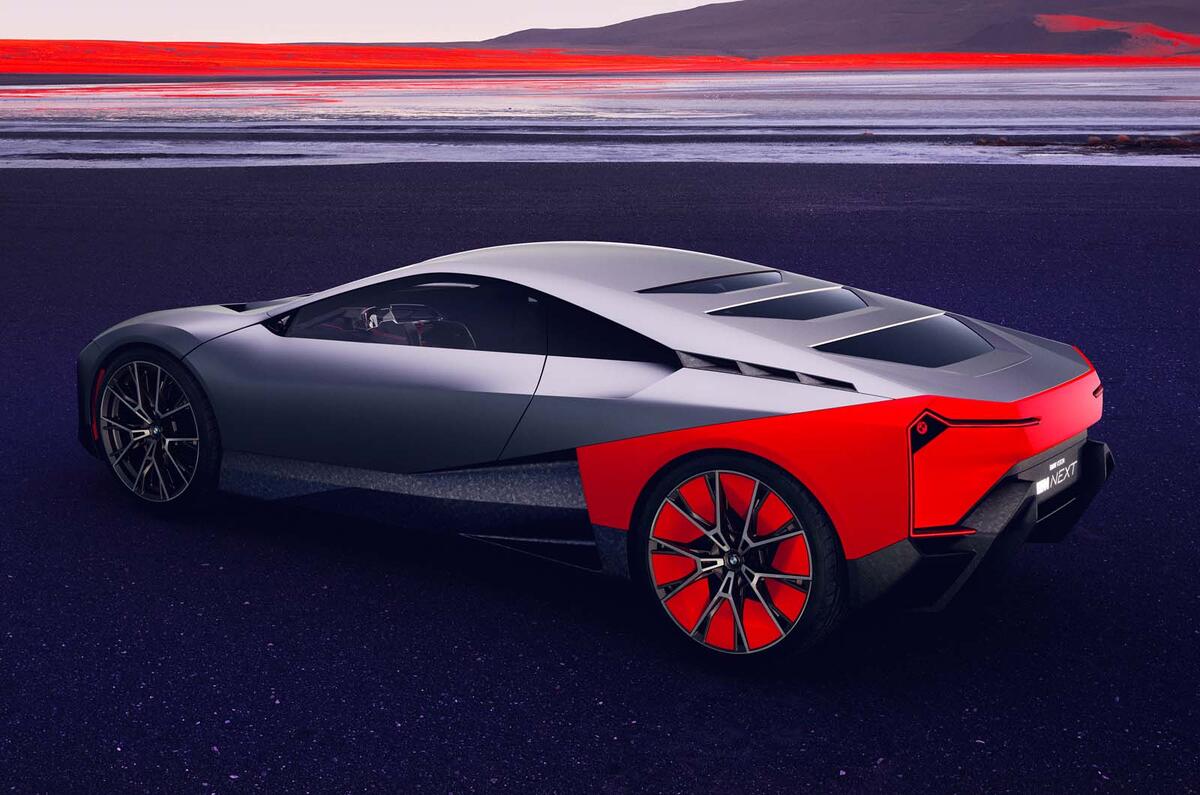
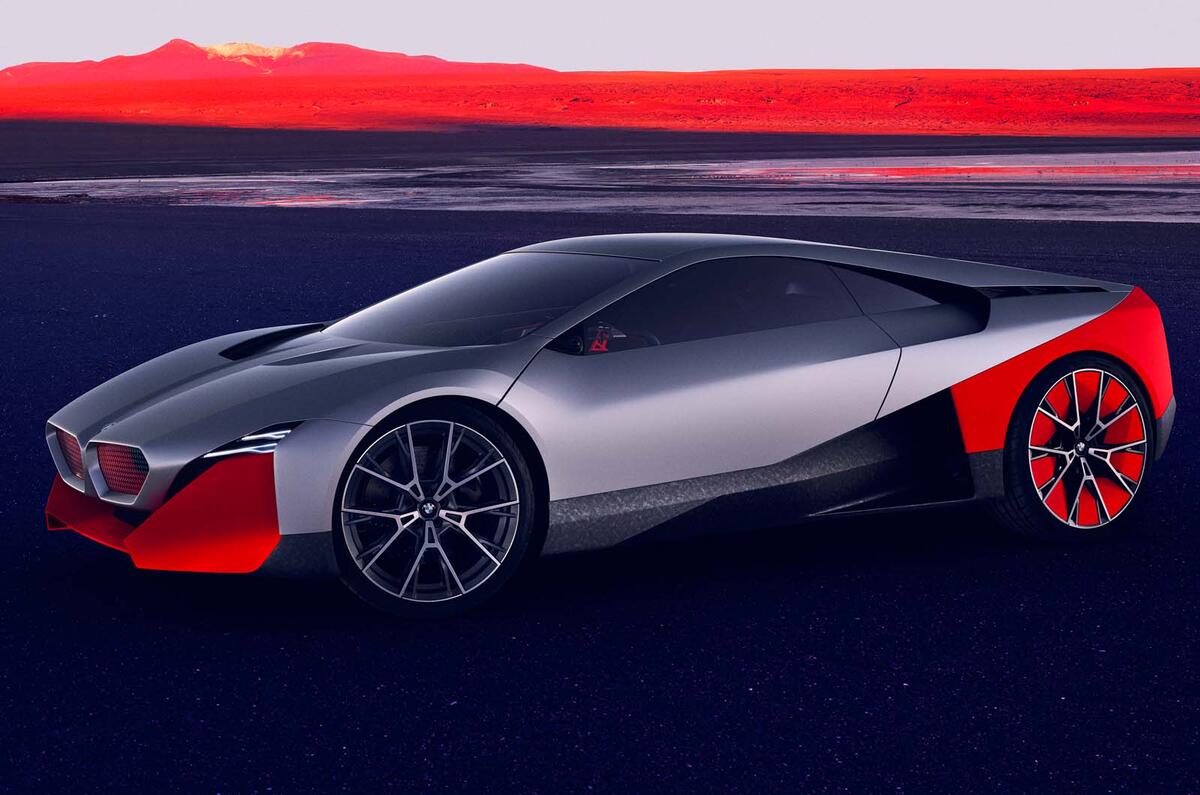
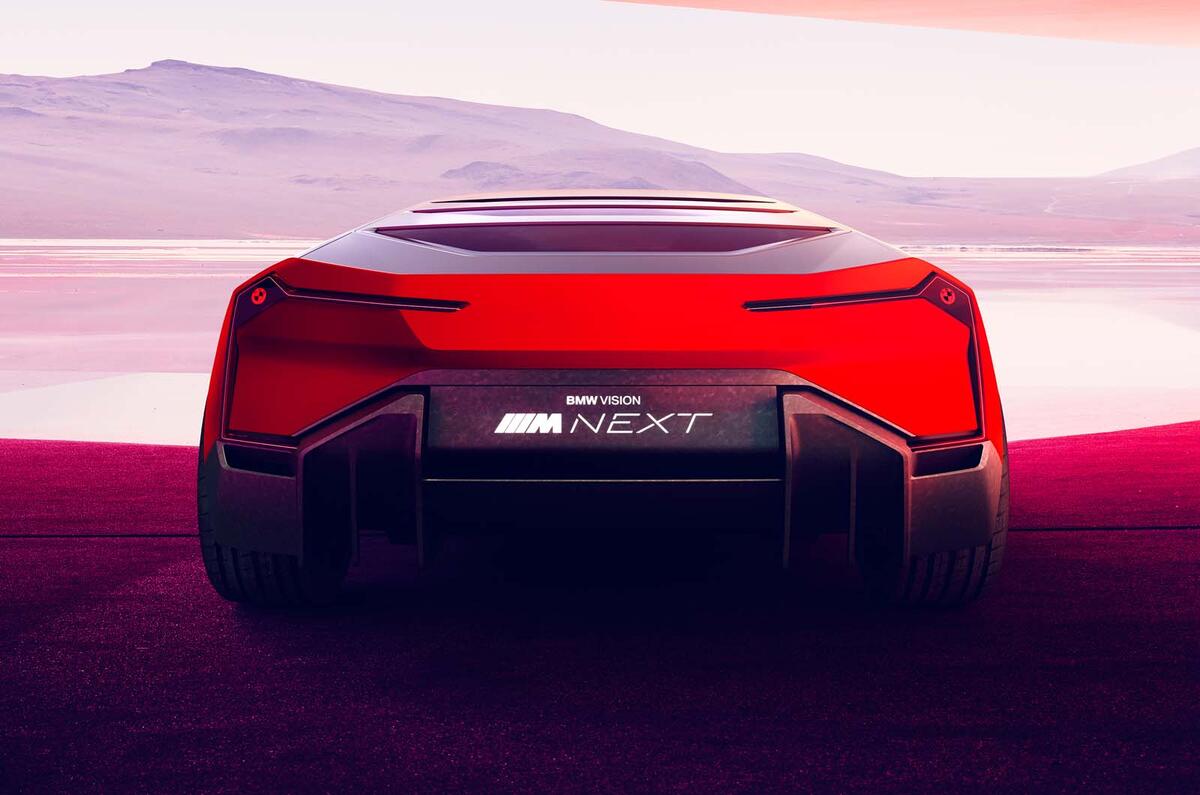
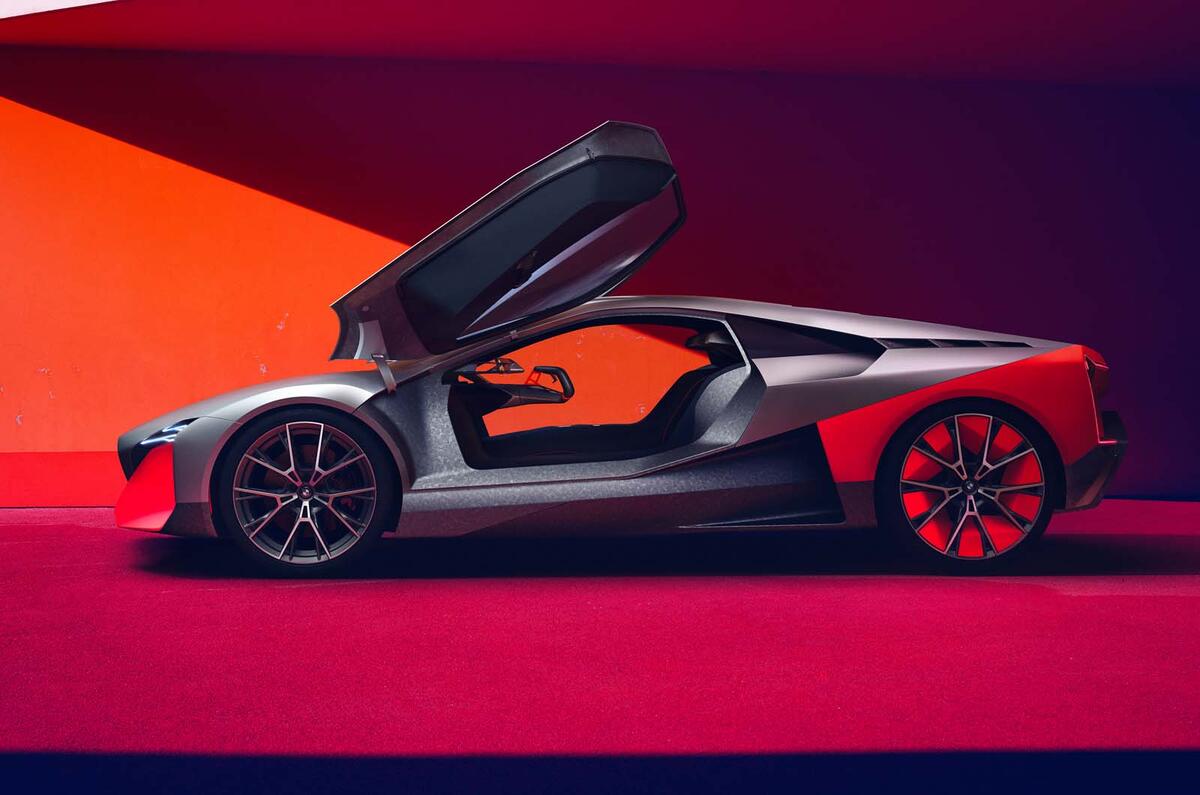
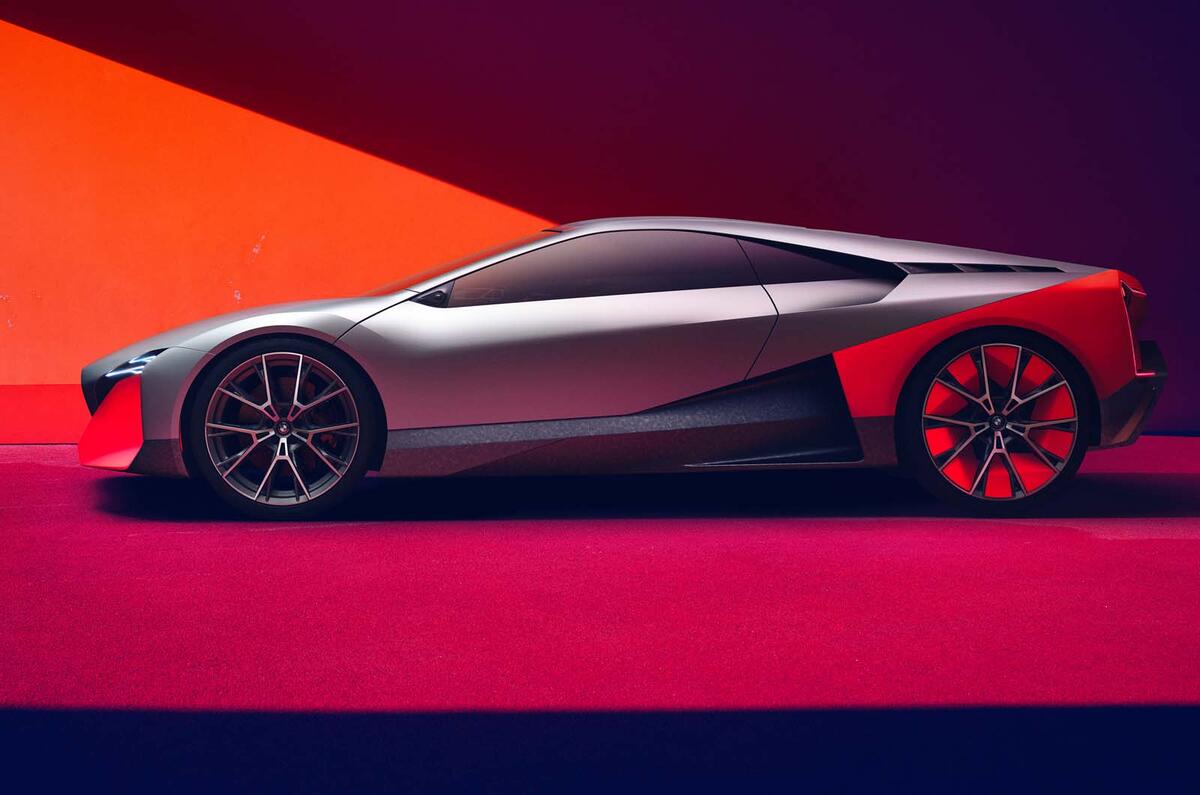
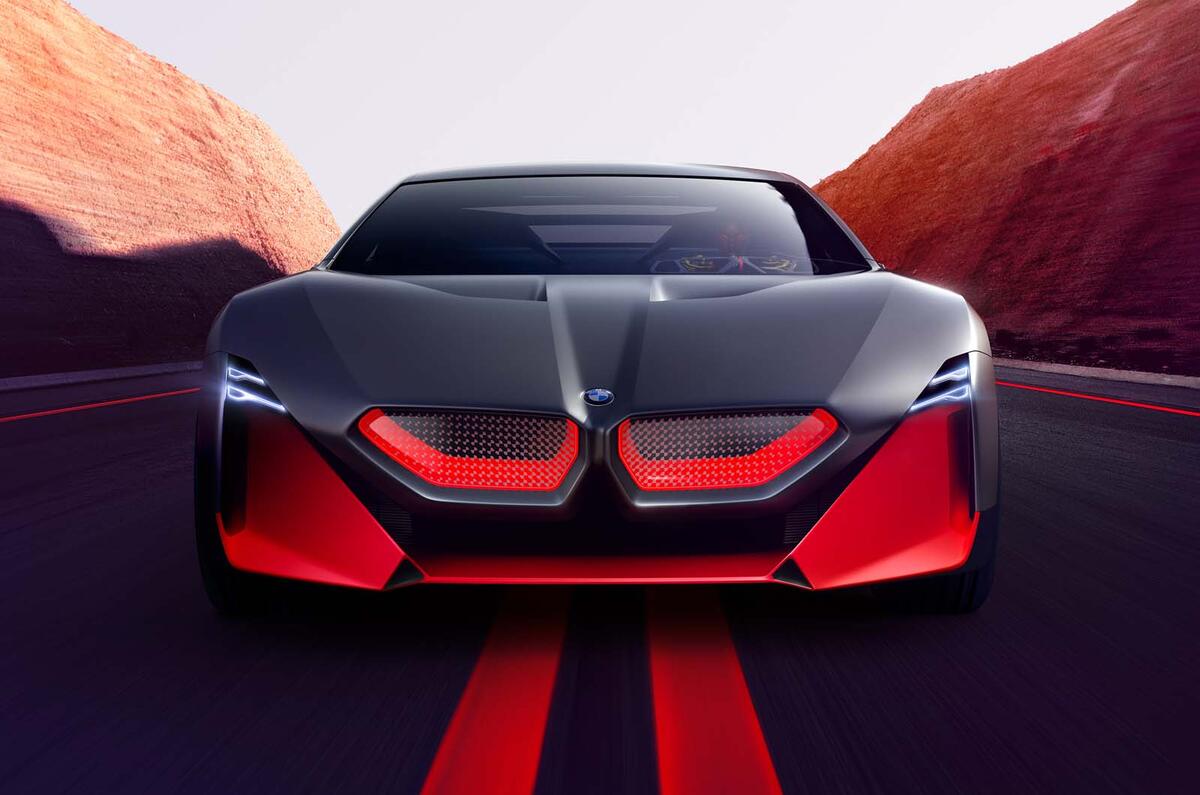
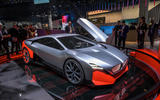
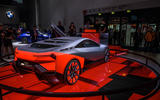
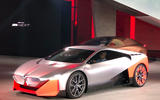
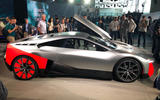

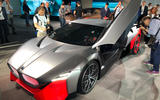
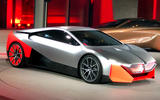
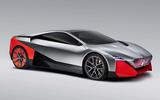
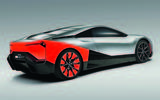

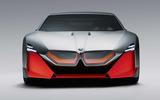
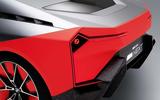


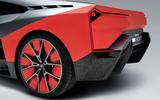
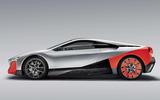
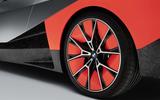
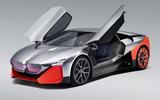

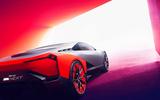
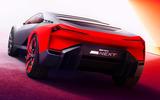
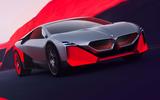

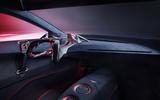
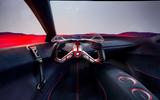

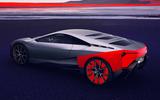
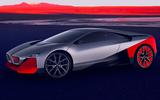
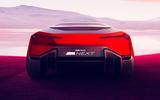
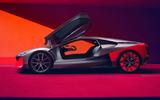
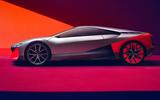
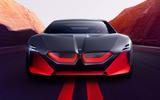


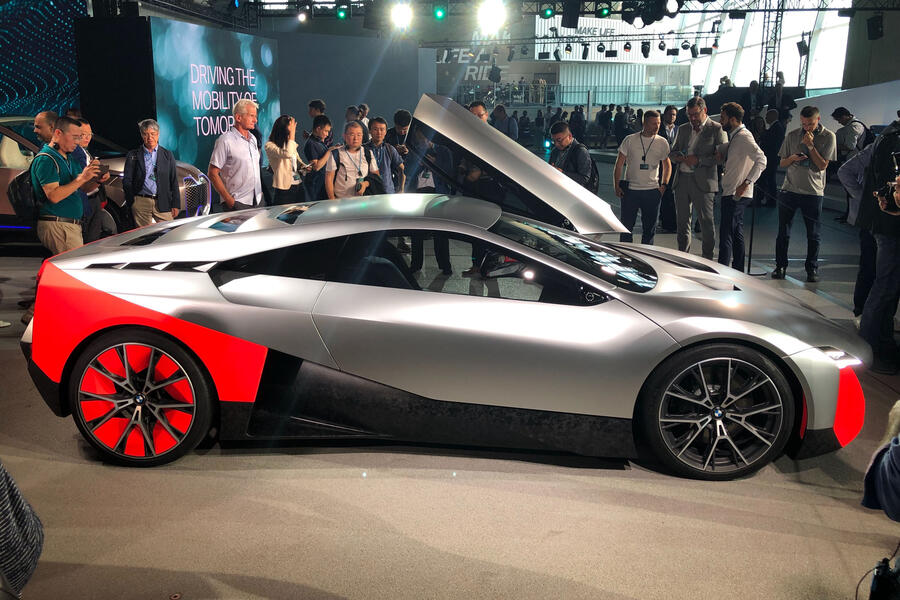
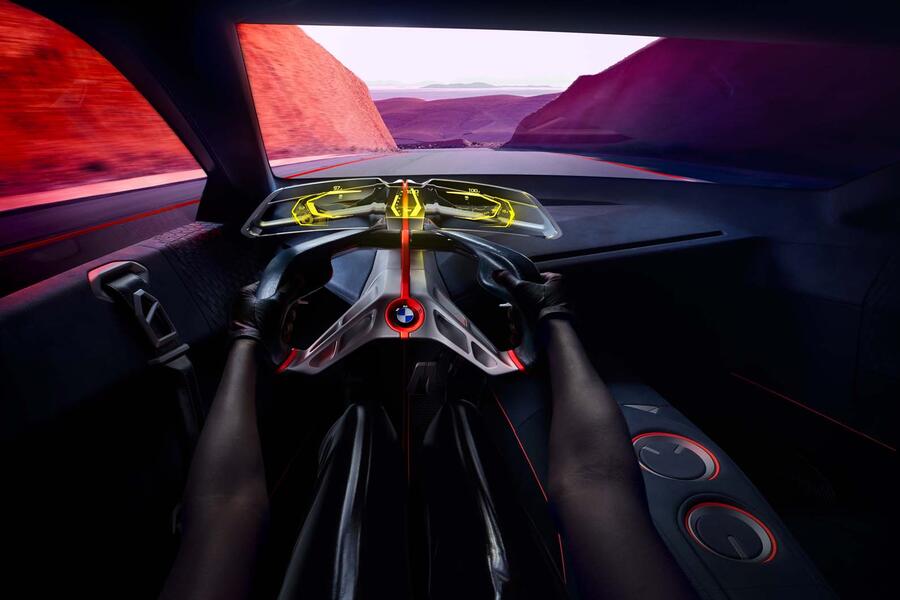


Join the debate
Add your comment
A plug in hybrid M1? Spare
A plug in hybrid M1? Spare us the leaden misery.
At least it isn't fully electric.
Lost
Oh dear, this has left me as disappointed as the rest here. There's a near-necessity to reboot the BMW design language and the blandness of this thing is worrying. The M1's legacy built off its looks, Lambo-built body and the F1 series of racecars. The reboot of this car could, arguably should, be as deep and wide as this in concept. The Homage concept was truly must-have-one looks and this evidently doesn't, hopefully the witterings of these posts are listened to.
Bentley's gut-wrenchingly awful concept SUV was revised extensively to look 2% more attractive as the tasteless-looking Bentayger. Maybe BMW will take heed, for this is another sub-par design. I always credited BMW with intelligent engineering and well-considered design. But I'm beginning to wonder if Mercedes is now so far ahead with their flamboyant but, just about, tasteful design language has got BMW on the ropes.
Dear BMW, plug in hybrids are